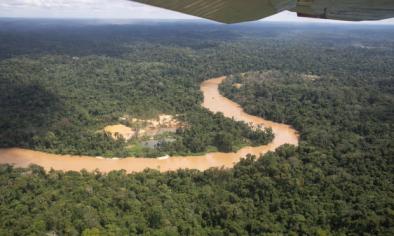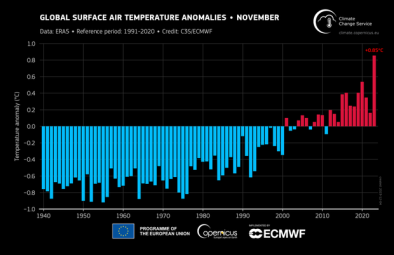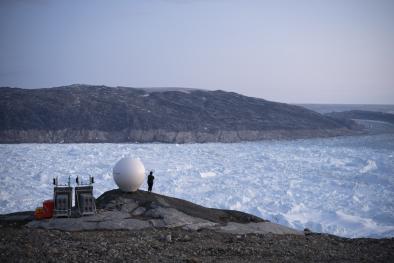Responses of compound daytime and nighttime warm-dry and warm-humid events to individual anthropogenic forcings
Study key findings & significance
- Greenhouse gases alone amplify the natural frequency of warm-dry events by 1.5-5 times and warm-humid events by 2-9 times in tropical and extratropical latitudes.
- As greenhouse gas emissions are expected to continue impacting our global climate, we expect to see greater frequencies of warm-dry and especially warm-humid events.
- Compound hot and humid conditions are also extremely dangerous for human health and can amplify heat-related morbidity and mortality rates (Raymond et al 2020, Li et al 2020).
Abstract
Daytime heat is often associated with reduced soil moisture and cloud cover, while nighttime heat is connected to high humidity and increased cloud cover. Due to these differing mechanisms, compound daytime and nighttime heat events may respond differently to major anthropogenic forcings (greenhouse gases, anthropogenic aerosols, land-use and land-cover change). Here, we use GISS ModelE2.1-G historical single-forcing runs from 1955-2014 to examine how individual anthropogenic forcings affect compound heat events – specifically warm daytime and nighttime temperatures compounded with dry precipitation or high humidity conditions. We show that greenhouse gases alone amplify the natural frequency of warm-dry events by 1.5-5 times and warm-humid events by 2-9 times in tropical and extratropical latitudes. Conversely, aerosols and land-use/land-cover change reduce the frequency of these events, resulting in more modest increases and in some regions, declines, in the historical "all-forcings" scenario. Individually, aerosol effects are stronger and more widespread compared to land-use, oftentimes reducing the natural frequency of these events by 60-100%. The responses of these compound events are primarily driven by changes in daytime and nighttime temperatures through large-scale warming via greenhouse gases and cooling from aerosols and land-use/land-cover change. However, changes in warm-dry events are amplified in regions with concurrent precipitation declines (e.g. Central America, Mediterranean regions) and warm-humid events are amplified by global concurrent humidity increases. Additionally, we find differences between daytime and nighttime compound responses in the historical experiment that can be traced back to the individual forcings. In particular, aerosols produce a greater cooling effect on daytime relative to nighttime temperatures, which notably results in a historical reduction of Northern Hemisphere daytime warm-dry events relative to natural conditions. Our analysis provides a more comprehensive understanding of the significant impacts of different anthropogenic climate forcings on daytime and nighttime warm-dry and warm-humid events, informing future risk and impact assessments.
Related Content






